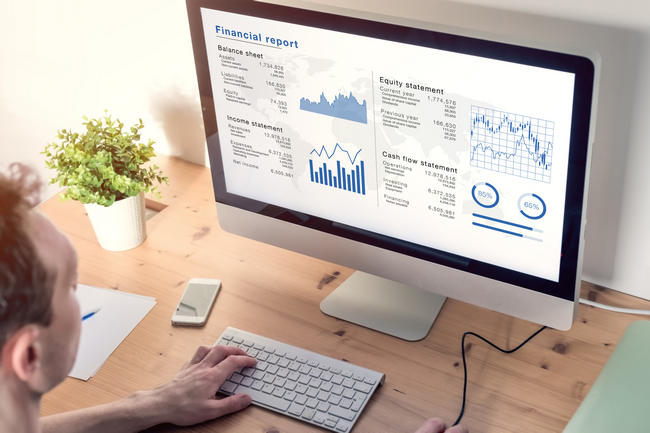Never take your eyes off of the cash flow because it’s the life blood of the business.
- Richard Branson
Staying on top of your cash flow is vital to running a small business smoothly. The U.S. Chamber of Commerce cites that cash flow problems are responsible for 82% of business failures. Cash flow is critical to the survival and success of your business. Without it, you cannot hire or pay employees, buy inventory, expand your operations, or secure a line of credit or financing.
Building good cash flow management habits will help your small business weather rough terrain and double-down when opportunity strikes. To help your business avoid becoming just another statistic, here are six best practices to manage your cash flow and help you grow your business at the same time.










